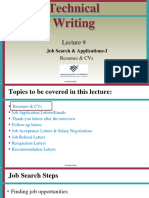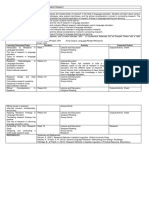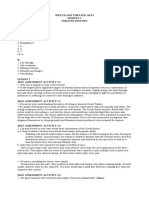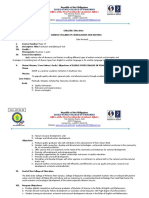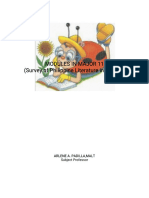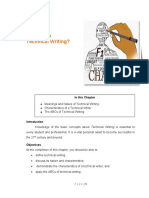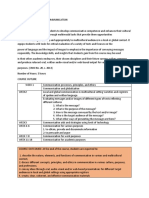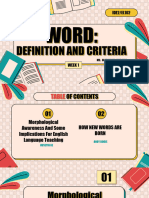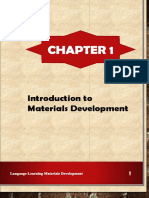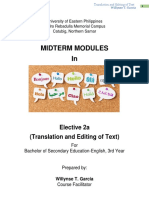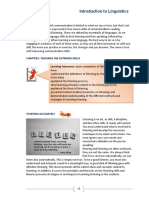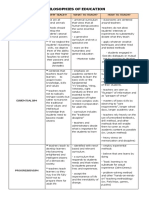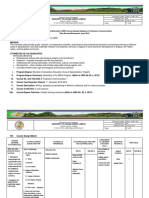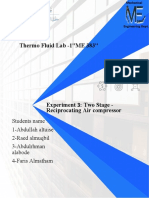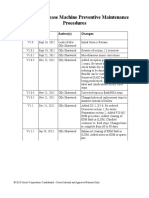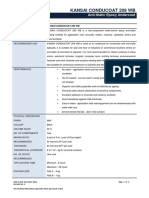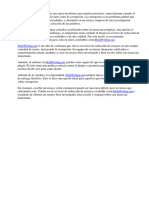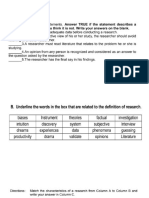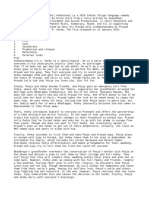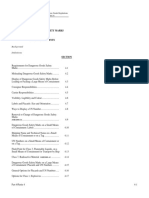100% found this document useful (5 votes)
2K views11 pagesOBE Syllabus Translation and Editing of Text
Revised Version
Uploaded by
JoefryQuanicoBarcebalCopyright
© © All Rights Reserved
We take content rights seriously. If you suspect this is your content, claim it here.
Available Formats
Download as DOCX, PDF, TXT or read online on Scribd
100% found this document useful (5 votes)
2K views11 pagesOBE Syllabus Translation and Editing of Text
Revised Version
Uploaded by
JoefryQuanicoBarcebalCopyright
© © All Rights Reserved
We take content rights seriously. If you suspect this is your content, claim it here.
Available Formats
Download as DOCX, PDF, TXT or read online on Scribd
/ 11











